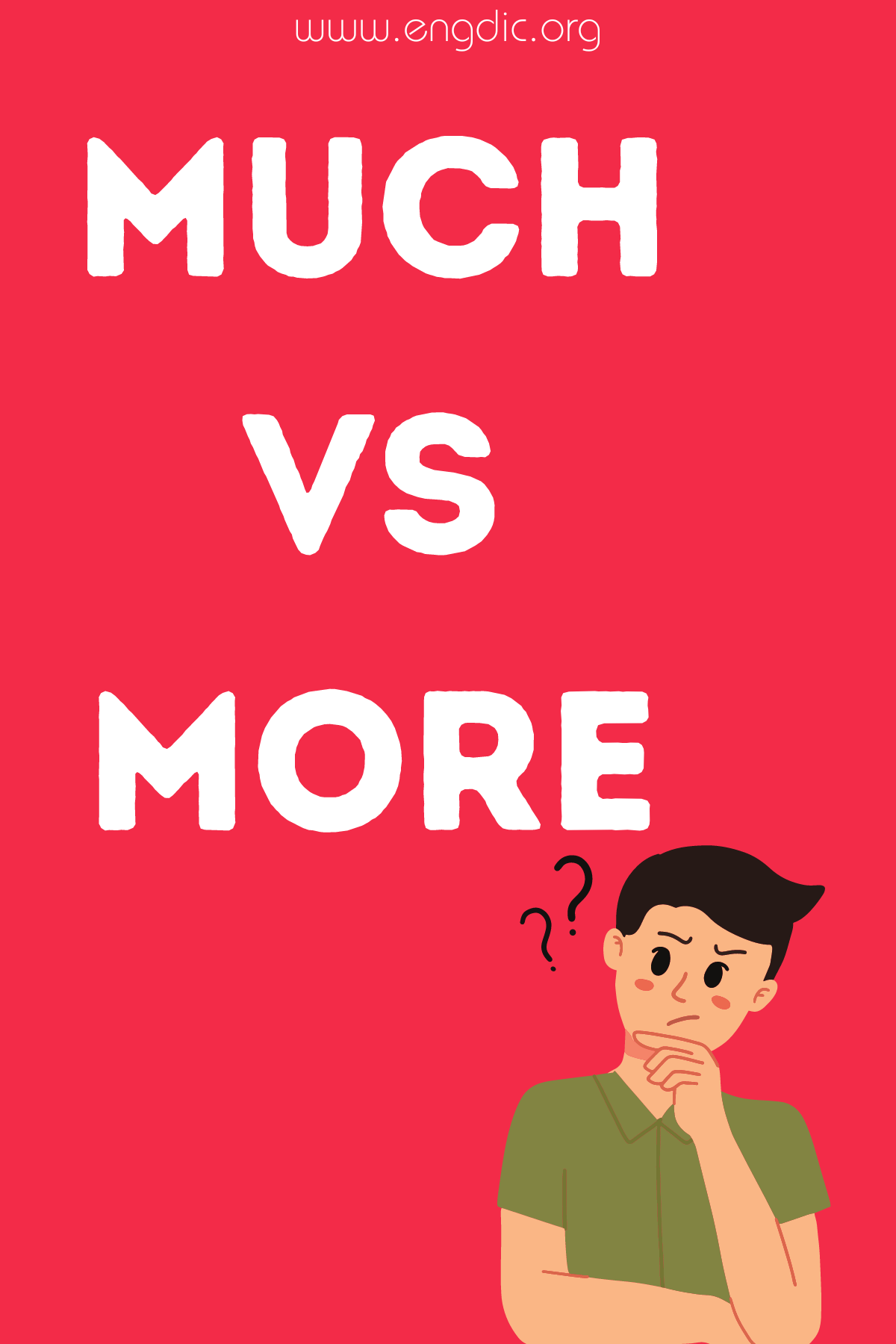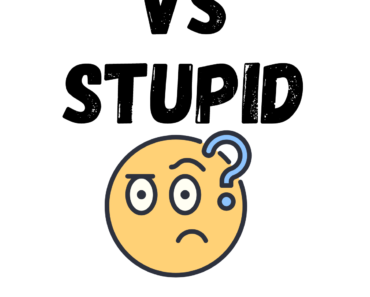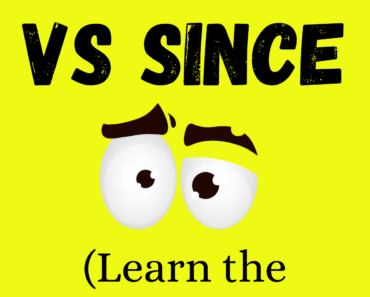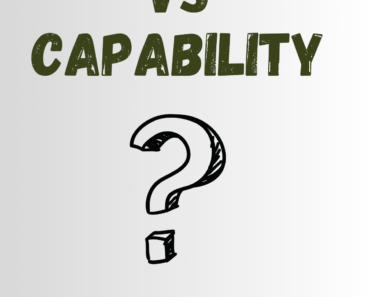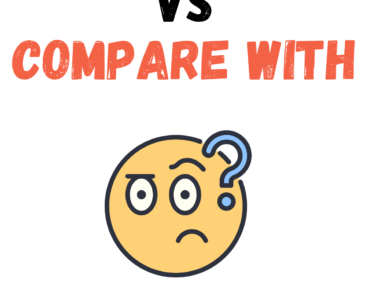The words “much” and “more” are both used to indicate quantity or degree, but they serve different functions in the English language. “Much” is generally used as a determiner or pronoun to describe a large quantity of something that is not countable, often used in negative constructions and questions. For example, “How much time do we have?” or “Not much water is left.” On the other hand, “more” is the comparative form of both “much” and “many,” and it is used to indicate a greater quantity or degree. For instance, “I need more time” or “She has more apples.”
Much
Definition:
“Much” is used as an adverb, determiner, or pronoun to refer to a large amount of something that is typically uncountable.
Usage:
- As a determiner: When used to modify a noun, “much” describes a substantial quantity of an uncountable noun.
- Example: There isn’t much water left in the bottle.
- As a pronoun: “Much” can stand alone, replacing a noun when the context is clear.
- Example: She didn’t say much.
- As an adverb: It enhances adjectives or other adverbs, often in questions or negative statements.
- Example: How much faster can you run?
More
Definition:
“More” serves as a comparative adverb, determiner, or pronoun, used to indicate a greater amount or degree than is currently present or than compared to another entity.
Usage:
- As a determiner: “More” modifies both countable and uncountable nouns to suggest an increased quantity.
- Example: I need more pencils.
- As a pronoun: Used to replace nouns when the quantity is understood but not specified.
- Example: If you need more, let me know.
- As an adverb: To compare two actions or qualities, indicating a greater degree.
- Example: She wants to travel more.
Additional Explanation
Understanding when to use “much” and “more” is crucial for mastering the nuances of quantity and degree in English. “Much” often appears in formal contexts or fixed phrases (e.g., as much as, too much), whereas “more” is flexible and common in both spoken and written English, often appearing in comparisons. When using these terms, it’s important to consider the countability of the noun involved and the structure of the comparison or statement being made.
